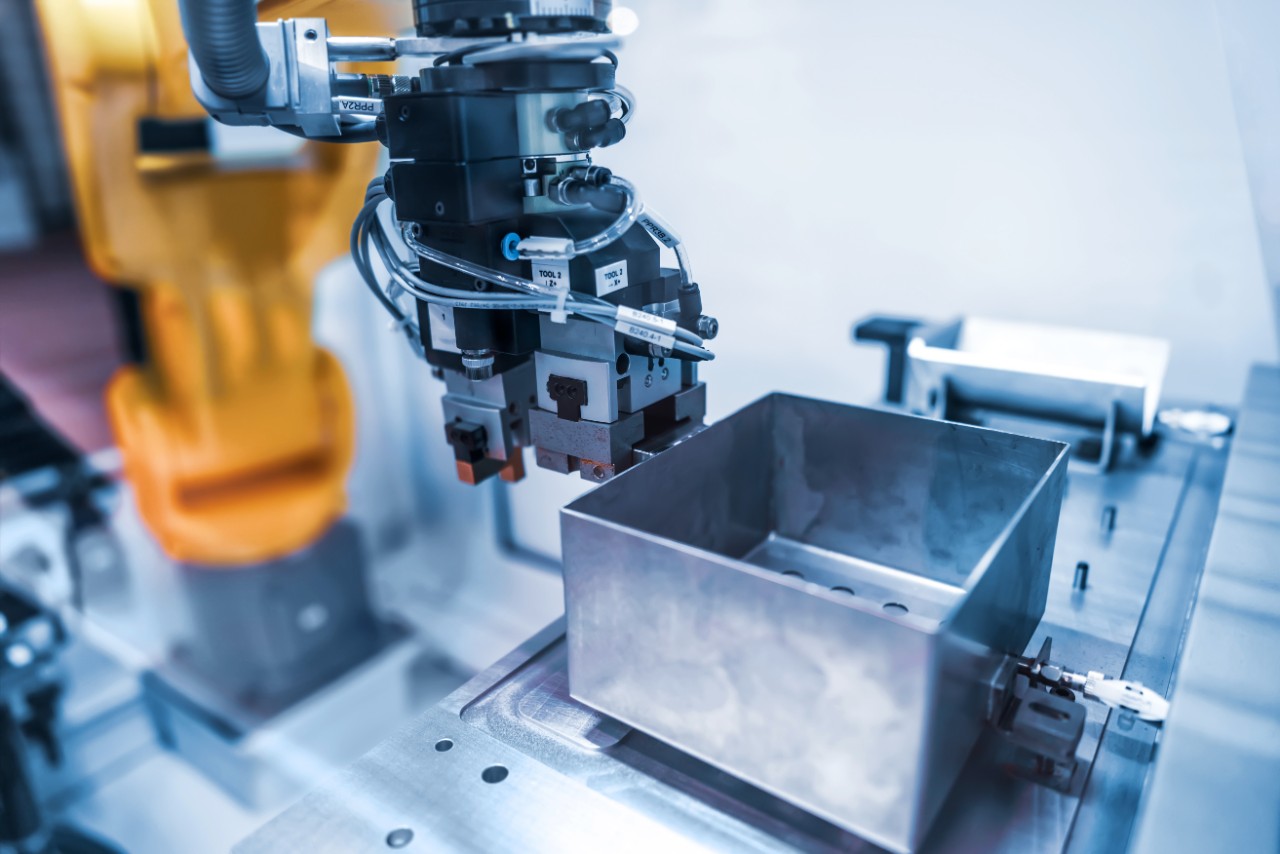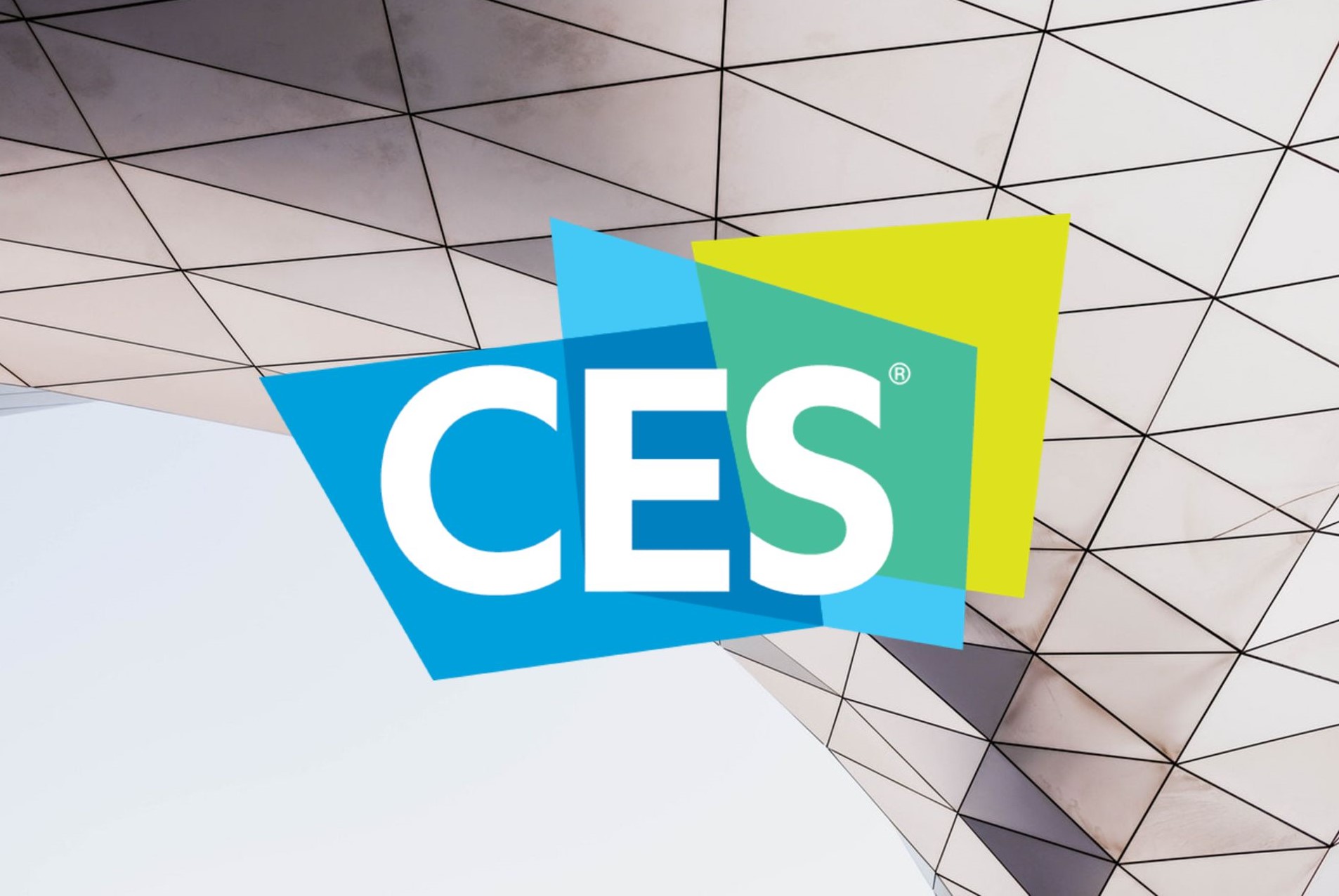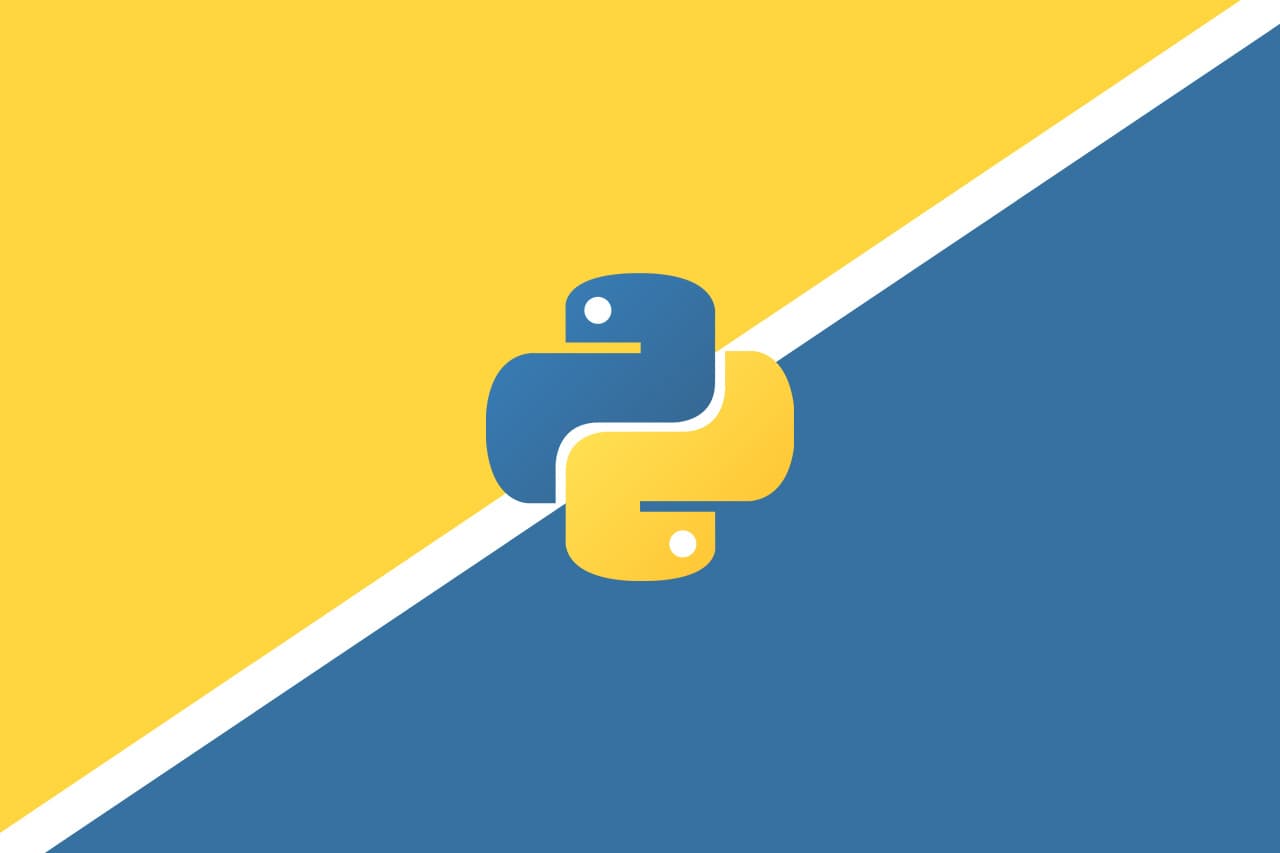The concept of Digital Twins is not novel to the field of the Internet of Things. As the industry begins to rely more and more on automation through computerization and data exchange, this technology will make up a prominent stratum of smart manufacturing. Read on to discover what will define the fourth industrial revolution.
Simulation models have been utilized in engineering for decades. By recreating a virtual copy of an object’s properties, these models have been crucial to giving engineers insights into performance, efficiency and productivity. In the modern day, the same holds true. We still rely on digital simulations, with albeit more tech involved.
Noteworthy is the rise and prominence of data in the digital world today. With the widespread connectivity of various devices to the internet, data generation and data analytics have never been as important. From thorough optimization, automation and predictive analytics, Digital Twin technology is paving the way for Industry 4.0.
What is a Digital Twin
When we talk about digital twin technology in relation to the Internet of Things what we are referring to is a digital copy of a physical device. It implies the connection between the physical device and its virtual counterpart via sensors that translate changes from one to the other.
In universal terms, Gartner defines Digital Twins as a dynamic software model of a physical thing or system.
Digit Twins are inherent to asset intensive industries operating within complex connected systems and infrastructures. This could range from the devices that service and maintain a smart building, to the sprawling networks of connected devices in factories and even smart cities.
The software program that is the Digital Twin uses data inputs from the physical object to model and even forecast what these inputs mean for the asset. This is similar to what NASA did when it modelled the launch of its first shuttles and rockets to simulate probable outcomes resulting from their behavior in various scenarios.
Digital Twin technology applications
Digital replicas can find a whole host of application fields. Yet, the term was first applied by Michael Grieves of the Florida Institute of Technology in relation to smart manufacturing. It is to this day that the concept remains closely interlinked with the industrial, or, more precisely, the Industrial Internet of Things.
Manufacturing industries rely on virtual simulations in order to optimize operations and perform predictive maintenance of physical assets. Since these assets make up a large part of the production line, they contribute directly to the overheads and bottom-line of the business.
For example, a plant relying on the 24/7 operation of its conveyor line might rely on a simulation of its hardware. Chances are that not all components will be engaged and might transition to energy-saving mode, while they stand by for another component to complete its cycle. What the digital twin will be able to do is optimize the cycle, by analyzing off-points, and bring savings in the form of reduced energy bills.
Similarly, power generation machines can be optimized to be primed when they are needed, as opposed to running in the background. In addition to that, it can use input data to expose potential bottlenecks and problems. In particular, those that can be costing the business money.
3D modelling is a popular form of digital replicas that mimics everything down to the properties and dynamics, including shape, forms, motion, among other things. These often predicate how the ‘thing’ will behave based on the data sets it has already received and mirrored. In the majority of cases, this information aids in diagnostics and maintenance operations by signaling as to when the apparatus needs to be tended to.
Device shadowing can have reciprocal communication, meaning the virtual twin can respond to state changes in the physical counterpart and automate corrections to that state as well. This type of communication lies at the core of modern day cloud solutions, such as Azure and AWS Digital Twin IoT solutions.
How to implement digital twinning
The TL;DR version of the answer will be — through software and sensors.
Software engineers will need to conduct research into the behavior of the physical object to be mimicked. Based on that, they will implement a software model that replicates the object. Next come the sensors. These will collect real-time data to feed to the software model that will use a combination of Machine Learning algorithms or advanced math models to make predictions and forecasts.
If you are on your way to converting your manufacturing, construction or any other industrial business into a technology-driven enterprise, a software development company will need to adopt a holistic approach to researching your operations. The more information you can supply about the components and their interactions in your industry, the better they will be able to model their behavior through software.
By bringing your manufacturing hardware online into the network, your business can benefit from the prognostic capacities that come with digital twin software and the conversion of your hardware into smart devices.
15 May 2020

 Pavel Kaplunou
,
Pavel Kaplunou
, 



